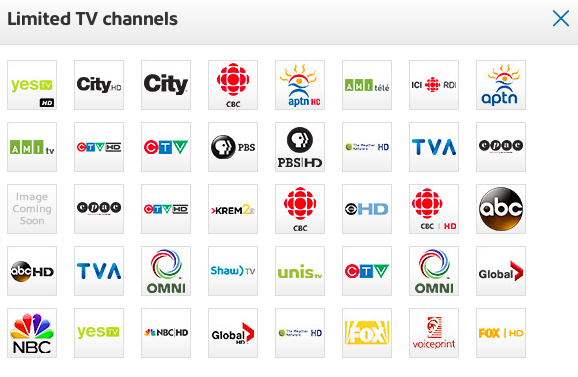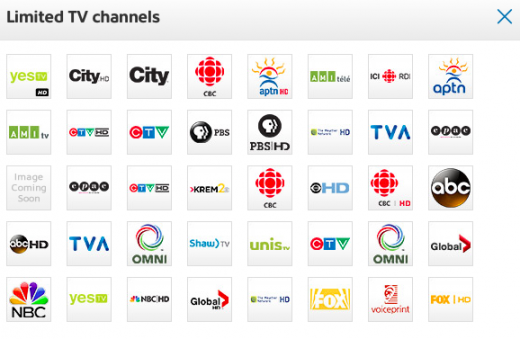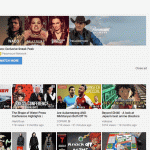‘Skinny TV’ Packages No Pay-TV Panacea
by Aaron Baar, September 19, 2016
Slimmed-down channel packages may work to lure younger customers to the pay-TV ecosystem, but they could also serve to drive away the more lucrative full-package customers that are the industry’s bread and butter.

According to Altman, Vilandrie & Co.’s 7th annual consumer video survey (which queried more than 5,000 consumers in July), nearly 70% of non-subscribing 18- to-24-year olds said they would consider subscribing to pay-TV if there were “more affordable channel lineups that fit my viewing tastes.” At the same time, nearly two-thirds (63%) of pay TV subscribers 55 and older said they felt they were wasting money on channels that are not watched in their households.
The data presents a dilemma for pay TV operators who are looking to find ways to attract new customers, but don’t want to lose revenue by offering lesser-priced options for those who currently subscribe, says Jonathan Hurd, director at Altman Vilandrie & Company.
“Older, consistent subscribers are critical to providers’ economics, but the future of pay TV will ultimately be driven by the behavior patterns of today’s younger consumers, and pay TV providers must find a way to attract them,” Hurd tells Marketing Daily. “More affordable channel packages may be part of the answer, but consumer interest is so fragmented that it’s difficult to design skinny bundles that attract more than a niche audience.”
It also may be difficult to lure some of the younger consumers, who have become accustomed to over-the-top services for their entertainment. Three-quarters of 18- to-34-year-olds watch online video from Netflix, Amazon Prime or Hulu Plus at least once a week (compared with 22% of those 55 and above). One solution may be to offer access to the streaming services through the set-top box, Hurd says.
“Making OTT streaming services available through the set-top box, or through an integrated app on other devices, would certainly ease one significant consumer pain point, which is the fragmentation of the user experience across various provider options and devices,” he says. “It’s hard to find content, or get good recommendations, when each service has its own separate search and recommendation engine. In fact, consumers would overwhelmingly (roughly 80%) prefer to have a single app from their pay TV provider rather than separate apps for each channel.”
Yet many of these younger consumers have already become attuned to looking online for their entertainment options. Sixty percent of 18- to-24-year-olds turn to online video sources when they don’t “have a plan” of what to watch, compared with 80% of those 55 and over. Younger consumers are less likely to distinguish between what channels come through a cable or satellite subscription (ESPN, USA, AMC) and broadcast networks.
“It’s absolutely true that hit shows have a major impact on preferences for channels,” Hurd says. “But the low awareness among younger consumers of whether channels are cable or broadcast illustrates how far the industry has evolved from using antennas to receive free over-the-air channels — we have come to rely on paid TV services for most of our video entertainment.”
MediaPost.com: Search Marketing Daily
(26)














